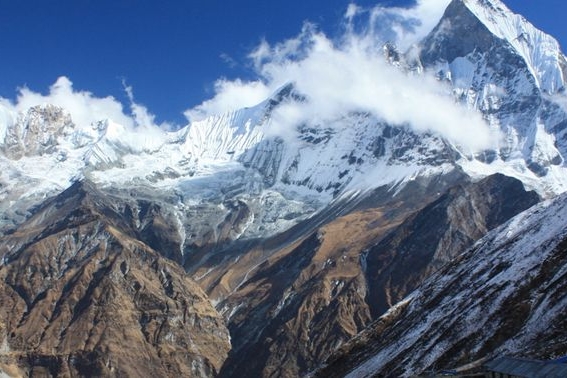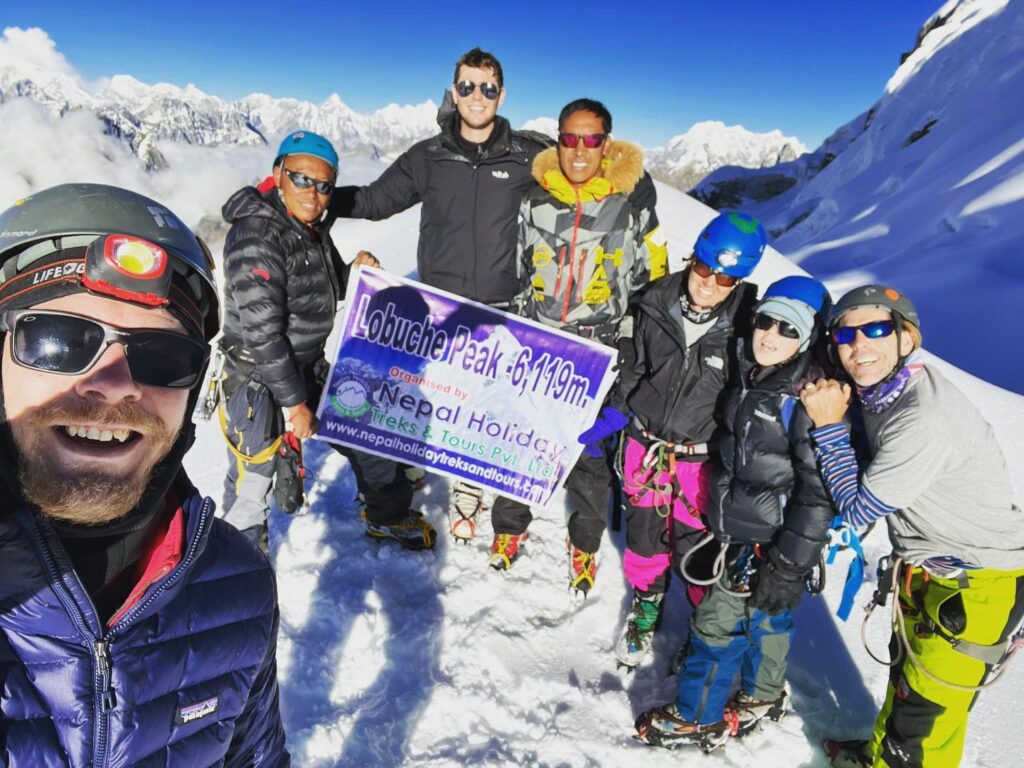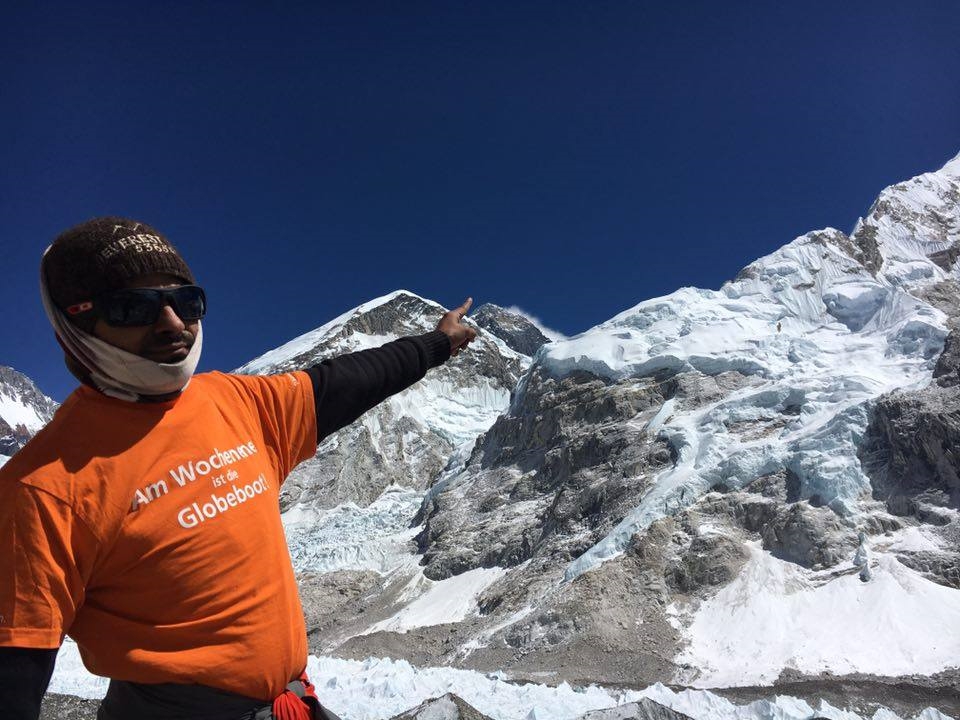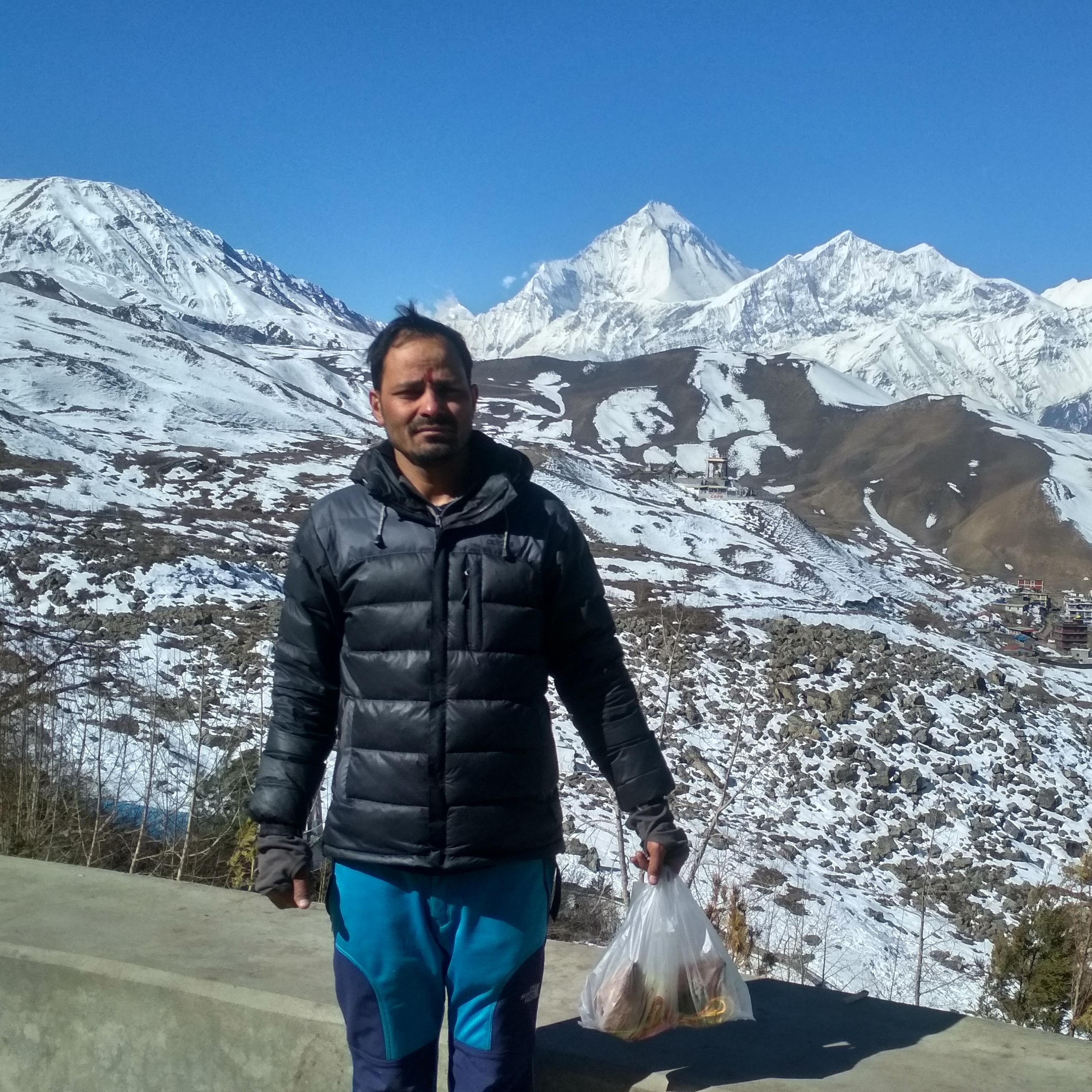What You Need to Know About Trekking in Nepal

There are countless options available to hike in Nepal. There are numerous trails available across the 20 designated protected areas in the small nation. To see the various national parks and treks that are available, all you have to do is stand in a book store in Kathmandu and glance at the wall full of trekking maps.
How then would one select a trek in Nepal? Furthermore, how can you decide whether to go it alone or through a trekking company? And which business ought you to select?
This post will go over the things to think about when selecting a trek and the things to think about if you intend to trek independently in Nepal.
Different types of Treks in Nepal
In Nepal, there are two main types of treks: camping expeditions and teahouse treks. Naturally, this will influence your choice of trek because teahouses provide a more comfortable, more economical, and easier-to-plan experience. Teahouses provide a bed, bathroom, hot food, and, if you’re lucky, extra amenities like Wi-Fi and hot showers. Typically, they charge a small fee for the bed, but the pricey dal bhats—a Nepalese meal consisting of rice, dahl, and vegetable curry—are where they make their money, as their prices increase with altitude.
Camping treks are typically more involved because they call for a larger team of guides and porters as well as additional gear. You’ll still get hot food and a full complement of porters and guides, but the comfort level might not be as good as in a teahouse. However, since camping treks are typically conducted in areas that have not yet seen habitation, you frequently have a more private view of the unspoiled Himalayas. A special permit is also needed for many camping treks, including those on the Manaslu Circuit and Kanchenjunga.
Even in Nepal’s national parks and trekking areas where there were previously none, teahouses are currently being constructed. The Dolpo region in Western Nepal is the only area that still lacks any kind of teahouse network. Therefore, depending on where you spend the night, you might be able to use a combination of tents and teahouses even if you choose a more remote or unusual trek.

When to go trekking in Nepal?
Nepal is a small country with a wide variety of climate zones and yearly variations in its weather. This implies that not all hikes are safe or accessible throughout the entire year.
The primary trekking regions in Nepal’s east and center typically coincide with the same seasons. The ideal months to trek are thought to be March through April and October through November. However, these are also the busiest times, so be prepared for crowded teahouses and lots of foot traffic on the trails. Certain treks are open and accessible for a slightly longer duration. People hike to Everest Base Camp, for instance, through May and then into December. It depends on the annual snowfall, but I have met people who have done it in the winter in January.
I would advise visiting these locations—which include Sagarmatha National Park, Langtang Valley, and Annapurna Conservation Area—in the months of February, May, September, or December. Since they occur technically before and after the peak times, they are typically far quieter. It is advisable to confirm the conditions prior to embarking on a trek, though, as avalanche risks can be unpredictable and high passes may remain closed for longer than usual in certain years.
It is best to travel from May to October, when most of the rest of the country is experiencing low season and monsoonal rains, through Western Nepal towards Dolpo and Upper Mustang. Because of its location in the “Himalayan rain shadow,” this region is shielded from the monsoon. However, Dolpo and higher villages are frequently cut off by deep snow during the winter months of December through February, making trekking nearly impossible during that time.

Accessibility and Trailheads
When selecting a trek, accessibility will probably be important, particularly if you intend to hike alone and without a guide. The trailheads’ relative accessibility is one of the key factors contributing to the popularity of the Annapurna, Sagarmatha, and Langtang regions. The majority of treks are by no means “easy” to access, so logistics are extremely important when making plans.
If you intend to travel with a trekking company, they will frequently handle transportation and logistics on your behalf. However, you will be responsible for transportation if you decide to plan a trek on your own.
Langtang National Park is frequently cited as one of the easiest places to go trekking. Even so, getting to the trailhead at Syabrubesi requires an exhausting bus ride that takes eight to ten hours, even though it is only slightly north of Kathmandu.

Once you arrive in Pokhara, trekking in the Annapurna Conservation Area becomes easier. Nayapul is a popular trailhead for treks in the Annapurna region and can be reached from Pokhara in about two hours by bus or jeep. Hiking routes to Annapurna Base Camp, Poon Hill, Mardi Himal, and Khopra Ridge are accessible from there. Once you arrive in Pokhara, trekking in the Annapurna Conservation Area becomes easier. Nayapul is a popular trailhead for treks in the Annapurna region and can be reached from Pokhara in about two hours by bus or jeep. Hiking routes to Annapurna Base Camp, Poon Hill, Mardi Himal, and Khopra Ridge are accessible from there.
However, in certain cases, you can also choose to fly into the trailhead. For example, Jomsom in the Annapurna Conservation Area has a small airport from which you can start and finish the Jomsom to Muktinath trek, start or finish the Annapurna Circuit, and enter the Mustang protected area. Due to its track record of extreme danger, Lukla is also home to one of the most well-known airports, serving as the primary hub for trekkers starting their ascents to Gokyo or Everest Base Camp.
However, flights into the mountains are not cheap, and some people (like me) would rather forgo the expensive plane tickets in favor of lengthy hikes and torturous but reasonably priced bus rides. For instance, I started my Gokyo Lakes Trek in Lukla by walking for three days after a 12-hour jeep ride from Kathmandu to Salleri. This was in place of taking a plane.

Permits and fees
Additionally, you will need to find out what permits and fees are necessary for the national park and trek you wish to undertake. Independent trekkers must pay fees of approximately 5000 rupees (AU$65) for the most popular trekking areas. There are, however, certain restricted trekking areas with significantly higher costs and unique requirements.
A TIMS card (Trekkers Information Management System), which costs 2000 rupees and can be obtained from the Nepal Tourism Board offices in Kathmandu or Pokhara, is required for many treks. A completed application and two passport photos are needed for this green card, which you must bring on your journey.
You will additionally be required to pay national park fees. The majority of well-known national parks, such as Sagarmatha National Park and Annapurna Conservation Area, have admission fees of about 3000 rupees. You have two options: arrange this in Kathmandu or Pokhara before you depart for the trek, or pay for it at the entry gates and checkpoints along the route.
Depending on where you intend to go and how long you want to stay, some parts of Nepal require special permits and different costs. Generally speaking, in order to obtain these permits, one must be accompanied by an official guide and a group of at least two people, though specific local requirements may apply. For instance, there is a $20 National Park fee and a $20 weekly Restricted Area Permit fee for treks up Kanchenjunga.
Comparing this to the special permits and fees for the Upper Mustang and Upper Dolpo restricted areas, however, is insignificant. For the first ten days, these areas cost USD $500; after that, each day costs USD $50. These hikes typically need to be scheduled through an official travel agency as well.

Difficulty and Altitude of Treks in Nepal
Although the average or maximum altitude is the primary factor that people take into consideration, the difficulty of the treks in Nepal can vary. But, you also need to take into account the trek’s length and elevation variations, as these factors can also affect how challenging a trek may be.
In Nepal, any trek with a maximum elevation of less than 4000 meters would be classed as a relatively medium trek by default. That being said, a trek’s highest elevation shouldn’t always be interpreted as an indicator of its difficulty. The highest elevation is frequently reached by an optional side trip to a peak or viewpoint; the actual teahouses where you stay are typically lower. Gokyo village, for instance, is located at 4750 meters, but most visitors finish a side hike to Gokyo Ri, a stunning viewpoint at 5360 meters.
It’s also important to remember that your body should be much more resilient if the entire trek consists of just one high pass or viewpoint. For instance, the majority of the Annapurna Circuit trek is below 4500 meters, with the exception of the 5410-meter-high Thorung La pass, which needs to be crossed to finish the circuit. Most people stay at a teahouse located just before the 4540-meter pass, cross it the following day, and descend all the way to 3800-meter Muktinath. Given that the rest of the circuit is substantially lower, this implies that a large number of people can safely attempt the pass.
Conversely, the Three Passes Trek in Sagarmatha National Park offers the opportunity to ascend to Gokyo Ri and Kala Pattar, two more 5,000-meter-high passes. This kind of trek is much more demanding and has a much higher chance of altitude sickness just because there will be a substantial amount of time spent above 5000 meters.
Everybody is affected by altitude in different ways and at different times. While being physically fit and healthy will lessen your likelihood of dying from altitude sickness, it does not protect you from it. Acute Mountain Sickness (AMS) can strike anyone, and altitude sickness is something that should be taken very seriously because it can be fatal. Therefore, don’t assume that just because you are reasonably fit, choosing a trek that is longer than 5000 meters will be easy.

Independent or Guided Trek in Nepal
In well-known trekking areas such as Langtang, Sagarmatha, and Annapurna, hikers are allowed to travel freely, either alone or with other people, and guide or not. However, participating in an organized or guided trek is a requirement of the permit application process for some areas and trails, like Upper Dolpo.
If you do choose to trek in a region where you can go solo or with a guide, it’s crucial to carefully consider the benefits and drawbacks of each. Even though I hiked all by myself across Nepal, having a guide and/or porter has advantages that vary depending on the individual.

Choosing a Trekking company in Nepal
There are many options to select from if you decide to go ahead and reserve your trek with a trekking company. It may become overwhelming as a result, and choosing a companion may be challenging. Even though I haven’t worked directly with any one company, I can offer some guidance on things to consider before making a trek reservation.
- Inquire about the working conditions, pay equity, and welfare of porters and guides. Verify that the business is open about who it hires and how it treats its employees. Make an effort to choose a reputable and moral company when trekking in Nepal, as this is a highly commercialized industry.
- Given the high price tag, you may be tempted to choose an international company with a solid reputation, like Intrepid or World Expeditions. These businesses can typically offer a little bit more assurance that everything will function well and be of the highest caliber. Choosing a local business, though, can be pleasant.
- Many local trekking companies are run by families or former guides and are based in Kathmandu or Pokhara. Choosing a local provider can benefit those who have worked their way up from porters to guides and business owners, as well as local employment. Prices are also typically much lower, and if you are already in Nepal, it’s convenient that you can book these treks in a matter of days as opposed to months in advance.




